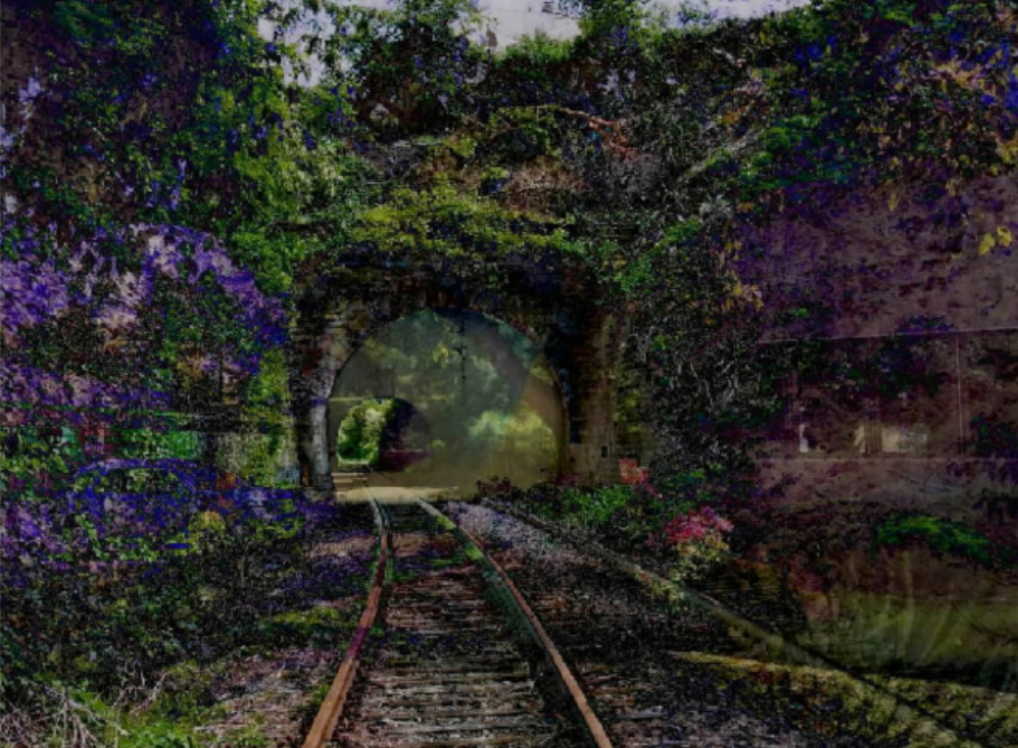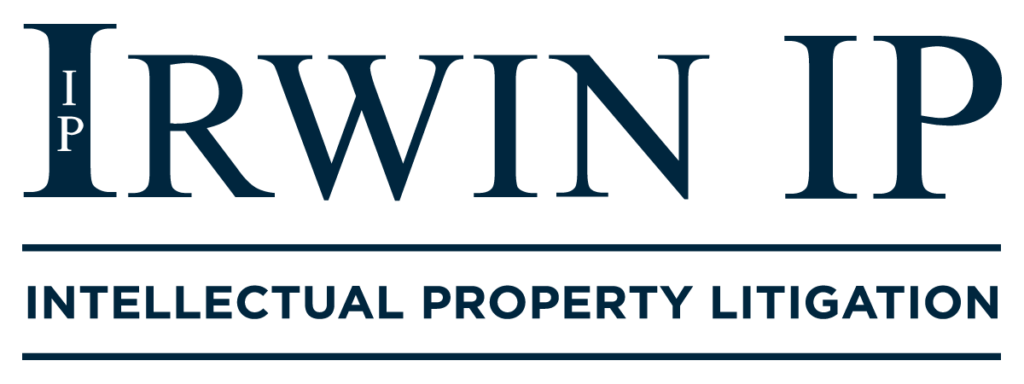The U.S. District Court for the District of Columbia affirmed the Copyright Office’s denial of a copyright registration for a work of art created by an artificial intelligence (AI) computer system. Plaintiff Stephen Thaler sought to register a copyright based on visual art his computer system created, and the Copyright Office denied the application based on lack of human authorship. Courts have addressed the human authorship requirement for some time, most notably in a case arguing that a gorilla is not the author of a copyright in a photograph he took and, in another case, arguing that an AI is not the author of a copyright. This case now addresses whether the human owner and creator of an AI is the author of a work his AI creates.
In affirming the Copyright Office’s denial of Thaler’s copyright request, the District Court emphasized the requirement for human authorship for something to be copyrightable. The Court noted this principle follows from the plain text of the Copyright Act of 1976, which requires a work to be fixed “by or under the authority of the author.”
While the word “author” is not defined in the Copyright Act, the text requires a copyrightable work to have an originator with the capacity for intellectual, creative, or artistic labor. The Court stated this means that the originator must be a human. The Court noted this interpretation aligns with prior Supreme Court decisions which assessed that authorship centers on human creativity.
In this instance, Thaler owned a system called the “Creativity Machine” which, according to his application with the Copyright Office, autonomously created the work at issue. Accordingly, Thaler’s claim of copyright authorship was based on his ownership and creation of the machine through a work made for hire theory. Later, in the District Court decision, Thaler attempted to introduce new facts that he provided instructions to the AI to create the work. However, the Court’s judicial review of the Copyright Office’s decision was limited to the administrative record, and therefore these new facts introduced by Thaler were not considered.
Interestingly, the District Court spent some time explaining why authorship might be a tricky issue in future cases when there is more human input involved in the AI’s creation, for example, whether a person can claim copyright authorship by inputting a prompt for the AI to create art that the AI carries out. However, since this case involved no human input based on the application presented to the Copyright Office, from the Court’s standpoint it was easy to decide. The Court also dismissed Thaler’s work-for-hire theory because the underlying work was not eligible for copyright protection.
This case shows the necessity of human authorship in obtaining a copyright and provides a glimpse into the complex situations that may arise over how much human intervention is needed to claim authorship.
The visual art Thaler’s AI created:

